With China expected to become a wine superpower in the next few years, what will the likely impact be on UK retailers and suppliers, asks Anna-Marie Julyan
We may not bat an eyelid at the words ‘Made in China’ on clothing, toys or electrical goods, but how about on a bottle of wine?
News broke this year that China is on track to make more wine per annum than Australia by 2014, when annual Chinese wine production is expected to have risen 77% on 2009 figures [International Wine and Spirit Research]. The predicted 11% decline in Australian production over the same period will see China leapfrog Oz to become the world’s sixth-biggest wine producer.
Of course, sheer weight of production does not necessarily lead to a successful export business so what impact is Chinese wine likely to have in the UK?
Many supermarket wine buyers are taking little more than a cautious interest. Sainsbury’s senior wine buyer Julian Dyer says he has yet to start actively looking at wines from China. “No-one is beating my door down to get a listing,” he adds. “Nor is my customer postbag full.”
Asda has listed Chinese wine in the past, and wine selection manager Philippa Carr says she would be interested in listing Chinese wine again if it offered something different, and good value for money. At present, however, China produces relatively little that would suit UK consumers’ tastes. Part of the problem, says Richard Halstead of research company Wine Intelligence, is that the Chinese wine industry has developed some “very bad habits” over the past few years.
Chief among these is an obsession with volume at the expense of quality. The majority of Chinese wine growers are paid by the tonne, with no sliding scale for quality, meaning there is no incentive to prune back, explains Fongyee Walker, a Beijing-based wine educator. Most Chinese wines are “vile” as a result, she adds, but Chinese wine drinkers still buy them because they have no idea what good wine tastes like.
However, Halstead and Walker agree some improvements are being made, especially by smaller vineyards with foreign connections. And there are examples of decent Chinese wines. China’s Grace Vineyard has collaborated with respected Spanish supplier Torres to produce a dry Muscat, while a Chinese venture by Domaines Barons de Rothschild Lafite in spring 2009 saw it join forces with CITIC, China’s largest state-owned investment company.
Sainsbury’s Dyer is optimistic about the prospects for Chinese wines. “As the Chinese market develops, we will see more wines appear,” he says.
While China’s potential as a wine-exporting country to the UK has yet to be fulfilled, it is already having an impact as a wine consumer. High taxation, powerful retailers and poor exchange rates have curbed profitability and made the UK less attractive to wine suppliers so producers have been looking elsewhere. “China is top of most people’s lists,” says Halstead. “It’s going to be the story of the next two decades in terms of market growth.”
Consumption of still light wine more than doubled in China between 2005 and 2009, according to the IWSR, and is set to continue growing at almost twice the rate of any other top 10 wine-consuming country until 2014.
Experts warn that this coupled with burgeoning demand from countries such as Russia and Canada means producers may be less likely to rely on the UK to sell surplus volume. This could end the low prices and cheap wine deals UK shoppers are used to.
Already, there is less cheap, entry-level wine available than in the past, says Lindsay Talas, buying director for importer Thierry’s. France is reporting a shortage of Merlot, she says, while supply of rosé, particularly at the cheap end, is also getting tighter.
“Entry-level rosé is price-sensitive for the first time ever,” says Talas. “The prices are going up and the low-cost deals are unsustainable.” Sure enough, rosé sales in the past year hit a full stop after about seven years of growth, with market share static at 12.5% of off-trade sales [Nielsen 52w/e 22 January 2011].
Sales of Chilean wines have also slowed. After double-digit growth in the past five years, growth now stands at just 3% [Nielsen], following a 25% to 30% hike in bulk wine prices, with no sign of prices falling. Talas believes UK wine prices may rise further with aggressive promotions such as 3-for-£10 or 3-for-£12 disappearing.
The UK market is tough and there is a tendency to “chase the lowest common denominator” on price, says Spar trading controller for wines Xenia Irwin MW. But, she adds, while suppliers to the UK may be contemplating turning to Asia, the rates of growth there are off a small base and are minute compared with the long-term solidity of the UK market.
Of course, if China’s production and taste in wine does catch up with the Old World’s, they might not need to. Suppliers would be well advised to think twice before they turn their backs on the UK market to chase profits in the New World. “Those who pull out of the UK now won’t be able to clamber back in later,” warns Irwin.
Old world renaissance
Newer wine countries such as Australia, New Zealand and now China may be grabbing the headlines but the oldies of the wine world still pack a punch.
Over the past 12 months, Sainsbury’s has seen most growth from Old World countries such as Italy and France as consumers rediscover classic wines and particularly wines from emerging regions says senior wine buyer Julian Dyer.
Old World countries have also done well at Asda, with sales of French wine growing about 50% year-on-year in an otherwise flat market, according to Asda wine selection manager Philippa Carr. Both Sainsbury’s and Asda are also reporting strong performances from Champagne and sparkling wines, with Dyer predicting Prosecco is set to become “the new Cava”.
As for future growth, Italy and Spain are ones to watch, believes Thierry’s buying director Lindsay Talas. Both countries have plenty of untapped resources, says Richard Halstead at Wine Intelligence, who adds that a decline in Spanish domestic consumption is freeing up volume that can be sold into the UK market.
Rethinking packaging
Ahead of going into Asda this month, US frozen vegetarian food brand Amy’s Kitchen which has been sold in its US packaging in Waitrose and specialists was given a revamp to boost its appeal to UK shoppers.
“Spending money on a UK-based packaging designer and market research could be one of the best investments you’ll ever make,” says Simon Dunn at Product Chain. Ensuring packaging works in the UK is not just about design.
“In many countries, units of 24 or 12-packs are common, but in the UK retailers prefer units of six,” says Henry Amar of RH Amar.



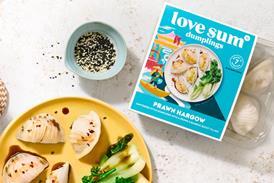
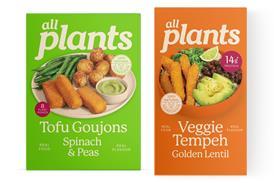






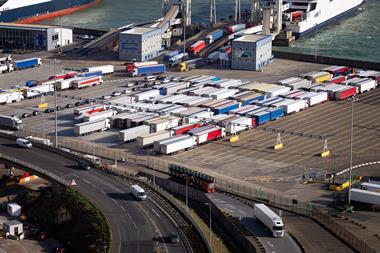
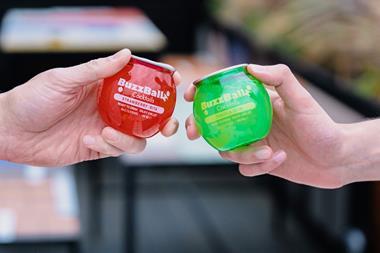


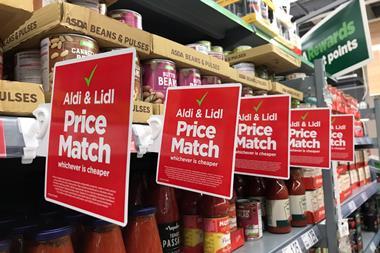
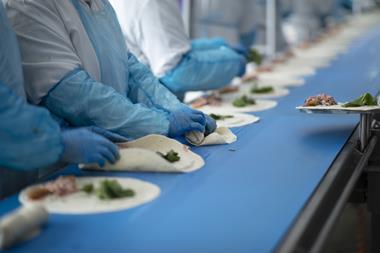
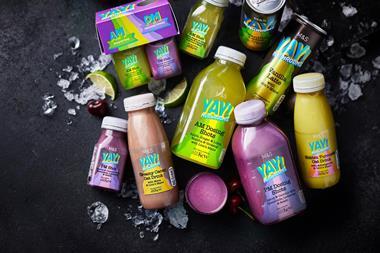

No comments yet